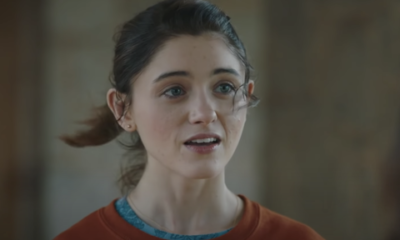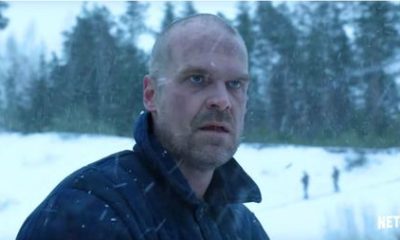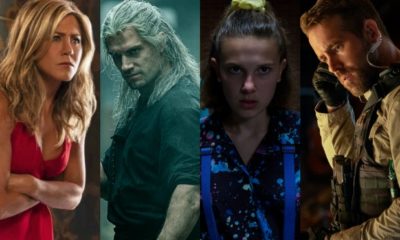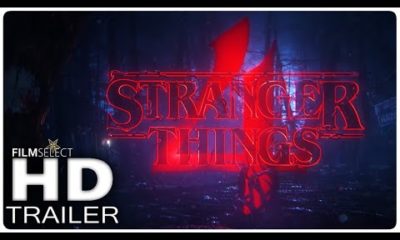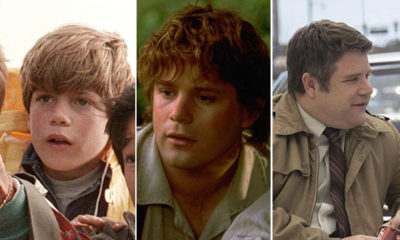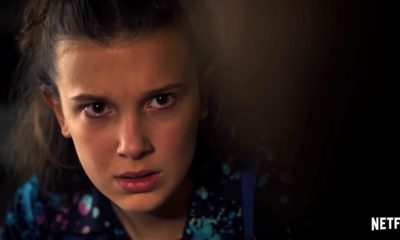Celebrities
Eleven from ‘Stranger Things’ needs ‘The OA’ to come pick her up, stat
At the center and circumference of Netflix’s “The OA,” we find Prairie Johnson (Brit Marling): A perfect archetypal expression of a beloved genre heroine. Let’s call her the Superhuman Feminine, specifically, an incarnation of the Divine Feminine that just happens to be ensconced in a sci fi/fantasy universe instead of a realistic one.
It’s been said that men who are into fantasy like goddesses and men who are into science fiction prefer robots, and it’s rare to see deviations from that basic stereotype, but this new version is something special: A girl or woman gifted (cursed) with special abilities, the ultimate Other or Outsider. Eleven (Millie Bobby Brown) from “Stranger Things,” River Tam (Summer Glau) from “Firefly,” Leeloo (Milla Jovovich) from “The Fifth Element.”
She’s not simply a female in a male-dominated world (and male-written story): Her special abilities distinguish her as the woman who’ll never be the dutiful traditionalist, and these stories tend to chronicle her struggles to find her place in a world that doesn’t like differentness. (Just substitute a trail-blazing determination to march to her own drummer in lieu of telekinesis or psychic powers, and voila.)
RELATED: 2016 TV’s most powerful women: Kicking butt, taking names
At first glance, “The OA” and “Stranger Things” don’t seem to have much in common: Both heroines are the proverbial rare specimen, sure, being chased by a mad scientist with some seriously misplaced scientific curiosity, both aided and protected by a small group of young, almost entirely male, allies. And then what?
Well, there’s a wildly different vibe to those groups that surrounded our heroines: Prairie unifies a troubled lot of misfits, each of whom represents a different piece of the puzzle of masculinity — even older-woman BBA is punished, again and again, for her deviation from acceptable feminine modes — and her prize is their understanding: She invites them each into her world, her radically passive viewpoint, her transcendent story, and one by one they come along. Eleven, on the other hand, is surrounded by a circle of friends, who mostly view her with suspicion, desire or some mix of both: She’s a tween E.T., complete with “She’s All That” drag transformation.
RELATED: Sady Doyle on the body horror and bodily autonomy in ‘Westworld’
Prairie’s real-world posse — as opposed to Hap’s (Jason Isaacs) creepy collection of captives in her stories — all read as different chapters in a book about modern youth in peril: Steve, French, Buck, Jesse and Betty (Patrick Gibson, Brandon Perea, Ian Alexander, Brendan Meyer and Phyllis Smith) are all victims of various social plagues — male toxicity, gender conformity pressure, economic and professional struggle, and the screaming rage of the entitled, violent white male: When we first meet them, they’re all marginalized in one way or another.
The various members of Eleven’s secret circle, in marked contrast, come out of standard casting tropes and are by and large a good, wholesome lot of well-intentioned and soft-edged young man-children, representing the show’s creators and its intended audience. They aren’t recruited, they are the protagonists: Mike, Lucas and Dustin (Finn Wolfhard, Caleb McLaughlin, Gaten Matarazzo) and the largely absent Will Byers (Noah Schnapp) are people who have Eleven happen to them, whereas both groups of characters in “The OA” basically happen to and around Prairie.

And yet in both stories, and when it comes to the Superhuman Feminine in general, there’s an overarching unifying theme that says a lot about how the world reacts to strong and/or unusual women. Prairie and Eleven’s respective hives have ultimately noble intentions: To protect their rare friend from being sequestered, exploited, harmed. Because there’s always a larger threat looming. If you look at it from a feminist perspective, that’s the threat of an oppressive patriarchy, which says nothing can be more powerful than its own violent gravity.
From a broader perspective, it’s simply the threat that any Outsider seems to pose to the status quo — but that erases the women themselves, which not even “Stranger Things” is entirely willing to do. The outsider — the shaman, the witch, the madman, the genius — is a threat to everything, because change and creation and transformation are all a kind of death for what came before.
RELATED: Sady Doyle on ‘The OA,’ mental illness & the savior narrative
But when that genius, outsider, that madman is a woman — better to say, not a man — the “everything” that came before is multiplied, because our society is pinned to and underpinned by the economy between men and women. Our language, our social cues, our finances and class, our labor: All of this is determined most strictly by simplistic gender. We act like it’s stable, like men and women have always behaved in certain ways, like the differences between being a woman living today and a woman living ten, twenty, a hundred years ago are just fractional shades of the same basic truth. But anyone who is not a man, and doesn’t live under those rules, threatens its existence.
Feminism is the Upside Down.

And so the problem suggested by “Stranger Things” — and answered, ruthlessly, by “The OA” — is this: Keeping a woman small and hidden, even if the impulse to protect is a noble one, means the threat wins. Fear wins. Homogeny wins. By being kept “safe,” the strong or gifted female never spreads her wings, lives large, fulfills that oversize destiny of hers. Eleven would be powerful if she never met those boys, never befriended that short-order cook, never took to Brenner’s (Matthew Modine) training; Prairie seems likely to pick up and move onto the next town, if this original posse doesn’t give in to her wacky philosophy and troubling trauma narrative.
Where Prairie’s story “begins,” Eleven’s “ends”: The protected female steps out alone into the cold light of day, to face the threat and embark upon the next chapter of her story.
RELATED: ‘Fleabag,’ ‘Jessica Jones,’ & the trainwreck heroine: Defined not by problems, but solutions
Obviously, the Superhuman character isn’t a trope confined to women. For young men, it’s one flavor of the Chosen One: Extraordinarily gifted and super powered, raised up from anonymity and weakness — and members of this fraternity are generally gifted with bigger powers, bigger entrances, and let’s not forget bigger ratings, or opening weekends. They have a villain to battle, but it’s usually one ticked-off nemesis with a specific agenda — not an entire society or population. It’s easy to cheer them on, because they’re allowed to be so damn likable, and their quest is generally cut and dried.
In contrast, stories that feature the Superhuman Feminine are typically darker, and the threats they face more subversive. Abuse is often a common interwoven thread, and the heroine’s “gifts” can result from mistreatment. Case in point: Prairie, Eleven, and River Tam are all explicitly subjected to involuntary experimentation; Leeloo asked for none of this. Even Winona Ryder’s Joyce Byers finds herself unwillingly gifted, able to sense and converse with the Upside Down when nobody else can do so — she’s just so locked into her role and pathos that we never look at how exceptional that really is.
The Gifted Superhuman Feminine becomes gifted in part because she has survived an ordeal at the hands of someone who had his own ideas about what could, should or would become. There’s someone attempting to dictate her story to her, and this is the thing she must rise above. Her quest is more often a basic one about figuring out what her real identity even is.
Where men fight dragons, women fight men.
That’s the quest. It’s implicit in “The OA” — if anything, the groups of five in both stories there can be said to have Dr. Hap “happen to” them — and from this we can derive the simple fact that patriarchy rules, and hurts, everyone. It’s no mistake that the ultimate Big Bad (What is the opposite of a deus ex machina? Diabolus ex machina?) is a school shooter: The ultimate expression of male toxicity, the ultimate “red pill” prisoner of an outdated masculinity, the Pick-Up Artist and Men’s Rights Activist can be said to spring from the same fertile ground as Hap’s selfish experimentation, and definitely represents one of Steve’s possible futures.
How can we feel sympathy, compassion, self-denial in the face of Steve’s nastiness, gay-bashing and sexual cruelty? It’s easy, once you understand that we are all in the terrarium — looking at one another through glass we didn’t put there, and never would. How do we feel compassion for the mass shooters, real and fictional, that tear our world apart so regularly? It’s easy, once you have somehow learned to love Steve. It’s easy — and it is also impossible, and that’s the story these women remind us to tell.
RELATED: ‘Black Mirror’ takes a ‘Nosedive’ into rose-gold righteous rage
There’s a reason the Five Movements speak to us on such a deep level — it’s that same Joyce Byers yearning, that physical need to make the impossible into magic — and why watching the cast of “The OA,” and Joyce, practice over and over and over their futile grasping at magic: Because life without that possibility, is unlivable. There’s a reason Prairie’s unshakable peace, and Eleven’s nose-bleeding attempts to control herself, strike us in the exact same place: It is our reluctance to be conscious of the world’s ills, of the cage around us all, warring with our desire to experience life fully, and to achieve life. And in the intersection of the two — where ugly meets beautiful, where life meets death, where Homer and the OA meet their makers, and devour them; at that event horizon where Eleven and the Demogorgon endlessly birth one another — is where anything can be accomplished, if done with perfect feeling.
While the Upside Down is chthonic, watery and deep, and its Demogorgon tentacled and voracious, we see by the end — and by Eleven’s own admission — that its power and its menace are intimately tied to her own existence: They are two sides of the same coin; Eleven is the upside down Upside Down. In this case, “Stranger Things” is accidentally being more honest than it seems to understand: We wouldn’t need saving from the menacing dark feminine if we weren’t so interested in caging people up in the first place.
Likewise, Prairie’s quietly radical, self-annihilating rebellion against her own capture is reproduced “out here,” outside her dreamlike narrative, as she counsels BBA to give the violent and hateful Steve amnesty — even unto, eventually, suffering him to stab her if that’s what would make him feel better. Few narrative messiahs in recent years have gone so far as to carry the story on their back — or should we say, through the palms and in the side — and there’s something blindingly, incandescently revolutionary about putting a woman into that position: A woman telling another woman to overlook the evils of patriarchy becomes, by the end of the story, only the first volley in a long and brutally peaceful war that turns violence into dance moves and self-harm into universal healing.
RELATED: ‘Stranger Things’ cast steals Golden Globes opening — thank heavens for Barb!
The Lars von Triers of the world will tell you that a woman willingly undergoing the slings and arrows of societal cruelty has a “golden heart” — a special and specific virtue that allows her to carry others’ pain and burdens — that there’s something divine, fantastical about it. But that’s the troubled collective backstory that just about every woman is emerging from in one way or another, and so it makes sense that a woman creator would tell the story more intimately and evocatively: “Stranger Things” isn’t about toxic masculinity because it isn’t about anything, in particular. Which is fine, it doesn’t need to be. Not everything has to be new all the time.

But what “The OA” tells us — bringing “Stranger Things,” in turn, into sharp relief — is that there is a strength, and a weirdness, and an unacceptability to the new. Critic Hélène Cixous (in, for example, 1975’s “Laugh of the Medusa,” speaking of gorgons and demogorgons) wrote at length about an écriture féminine, a way of writing so divorced from what came before that it is impossible to understand by our common, shared, ultimately male-defined standards: “There is always in her at least a little of that good mother’s milk. She writes in white ink.”
From the outside, it would look like the Upside Down. Christmas lights blinking out love, love, love. A world built out of anything other than the detritus of our consumer youth would be unrecognizable, uncanny, apocalyptic: We want Eleven, we have to take the Demogorgon with it.
From the outside, it would like five broken people, dancing their way into the future. It would seem ridiculous, like doing t’ai chi at an armed and angry young man, or calling yourself an angel, or dreaming always of a mystical woman clothed with galaxies, dreaming always of home, and of Homer.
The ultimate goal must surely remain creating worlds (both real and fictional) in which the Superhuman Feminine’s story doesn’t always have to emerge from a backdrop of abuse or oppression. Maybe proactive adventures will even become possible, one day, for our daughters and our left-out sons.
And when they do, it won’t be because we asked for permission.
“Stranger Things” and “The OA” are both available at Netflix.
Share this:
You may like
-


Stranger Things star Natalia Dyer’s intercourse comedy now on Netflix UK
-


Black Widow’s David Harbour on Stranger Things MCU idea
-


‘Murder Mystery,’ ‘Stranger Things 3’ Top Netflix’s Popular
-


STRANGER THINGS 4 Trailer Teaser (2020)
-


The Evolution of Sean Astin, From ’Goonies’ to ’Stranger
-


Marvel’s Kevin Feige addresses rumours Stranger Things’ Millie
Gary Marsh to Exit as Disney Branded Television President,
‘The Many Saints of Newark’ Magical and Burdensome, Reviews



‘Shang-Chi’ Adds $21 Million as Box Office Slows Down



‘The Eyes of Tammy Faye,’ ‘The Card Counter’ Revive Indie



‘Trust Me, You Don’t Want This’
Trending
-

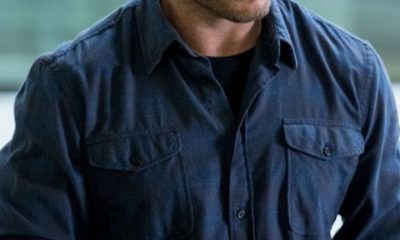

 Movies News4 years ago
Movies News4 years agoVenom struggle scene footage with out CGI is sure to make you giggle
-

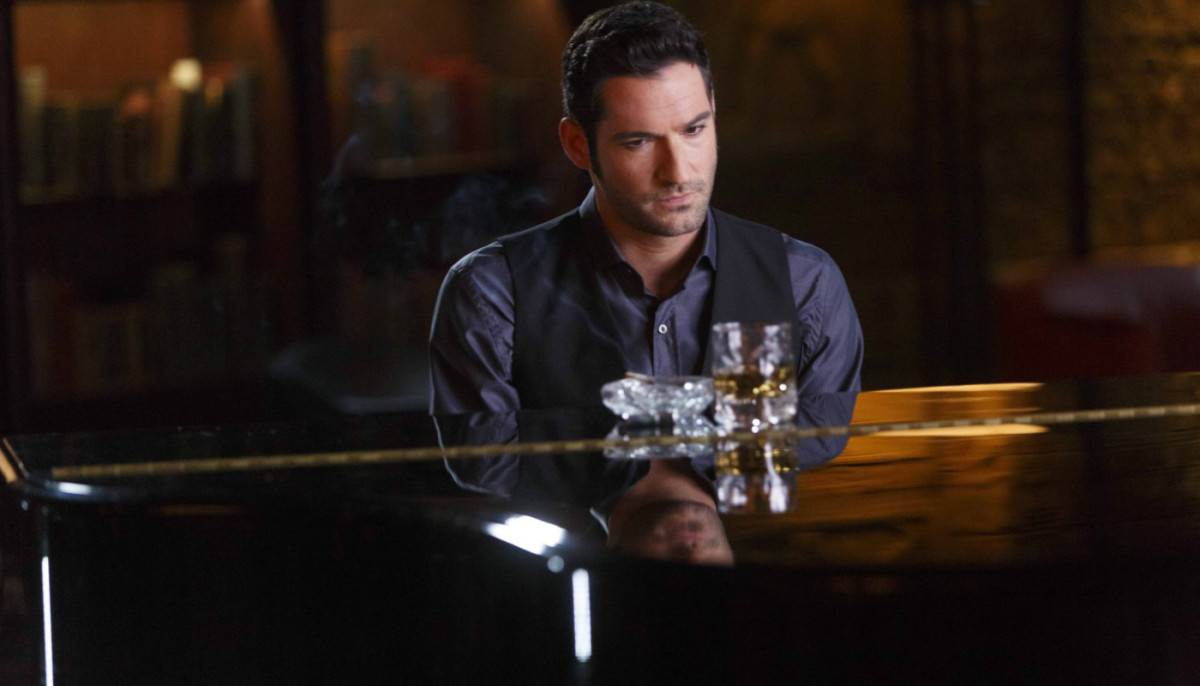

 Celebrities8 years ago
Celebrities8 years agoTV Query: Can ‘Lucifer’s’ Tom Ellis play the piano in real life?
-

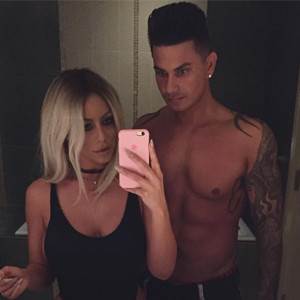

 Movies News8 years ago
Movies News8 years agoAubrey O'Day Reveals Pauly D Has His Penis Pierced: ''We've Been Having Rea…
-

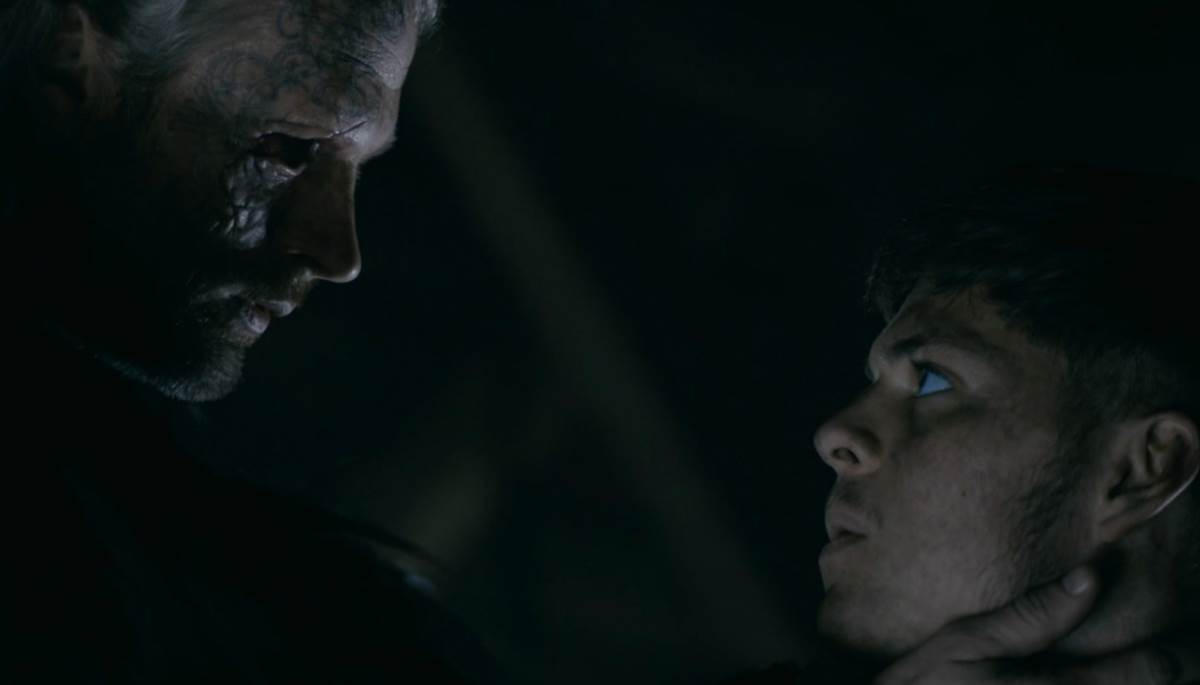

 Celebrities7 years ago
Celebrities7 years ago‘Vikings’: Who’s the man with one eye? We know the answer

